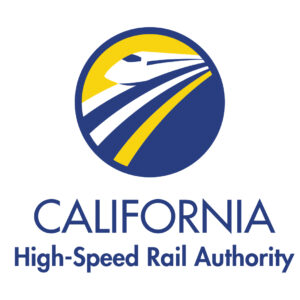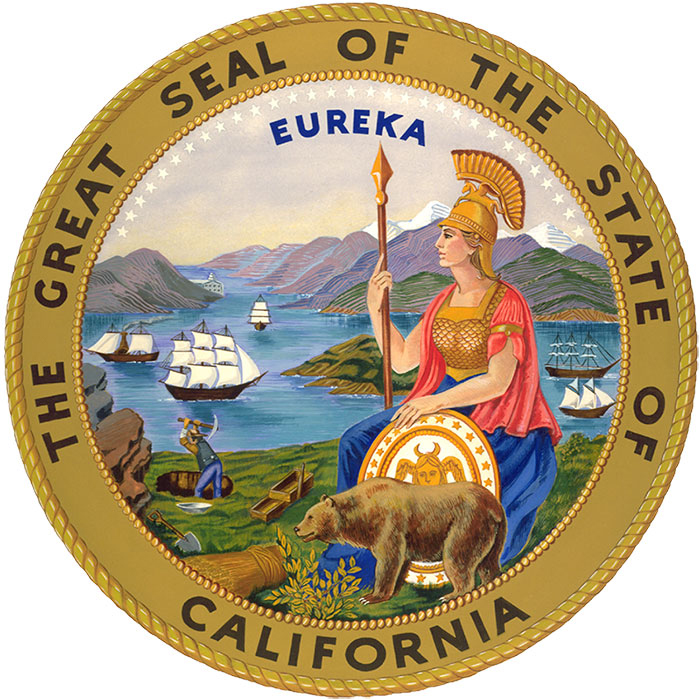 SACRAMENTO — The head of the California high speed rail project told state legislators Tuesday that the project looks to be $4 billion to $7 billion short of funds needed to complete the initial Central Valley segment, and may need as much as $100 billion more to build the full Los Angeles-San Francisco route.
SACRAMENTO — The head of the California high speed rail project told state legislators Tuesday that the project looks to be $4 billion to $7 billion short of funds needed to complete the initial Central Valley segment, and may need as much as $100 billion more to build the full Los Angeles-San Francisco route.
KCRA-TV reports that California High Speed Rail Authority CEO Brian Kelly, in testimony before the state Senate Transportation Committee, said the project has $28 billion on hand for the segment between Madera and Merced; completion could cost $32 billion to $35 billion, depending on how long it takes to finish. Kelly is hoping federal funds will bridge the gap.
That segment expects to be operational between 2030 and 2033; there is no timeline for completing the full system, which is still waiting for environmental clearances for some portions.
“It’s been tough to fund a project with something that has an expiration date,” Kelly testified. “We’re doing it in building blocks. We’re giving you the portions we think we can get done with the funding we have.”
One senator asked Kelly how it would be possible to get public support “for something that has had this much of a downside funding wise?”
Kelly replied, “I think the only way you get the public is by performing better and I think the authority is performing better today than it was and I think it will going forward. I think it’s the right thing to do for the state and country. And yes, it’s a challenge. And just like when I worked on the Bay Bridge years ago, and you’re stuck in the middle of a very tough project, it feels impossible until it’s not and then you grind, you do the work, you perform better and you deliver.”














Sounds like they followed the Amtrak methodology of financial planning: A long as you can, drag it out so you keep your job for the maximum amount of time. We all know how that has turned out. Higher budget requests and less service.
Wasn’t this system expected to cost $35-$40 billion when first voted on and approved. Then it ballooned to $70 billion then to $80 billion. Now they are estimating that it will need an additional $100 billion to complete (now to cost over $180 billion. and take till 2045-2050 to complete. And that is TODAY’S estimates.
Only my opinion, probably won’t be completed till 2060 (or later) and price tag will Jump to over $500 billion. And that’s if they don’t encounter any unexpected problems. And by the way, it’ll still loose money. Won’t have enough customers. People who have anything are leaving because of the high taxes. Population density is already falling. State is on pace to loose a minimum of 2 congressional seats by 2030.
High school friend left last year. Drove the moving van at 75. All the other moving vans were driving 80-85-90 mph. Other people moving out faster than he was.
Let me join the chorus:
WE TOLD YOU SO.
“but the LA Basin connectivity will be very, very expensive and time consuming. Many years down the road.”
Without doubts. Not only is there political geography to consider, but actual topography as well. The section between Bakersfield and Los Angeles has to cross the Tehachapi Mountains (not a small range, mind you), which is going to be expensive to build. Also, it will be crossing two major fault lines as well – the San Andreas and the Garlock/Big Pine faults, as well as many smaller fault systems such as the Raymond Fault (which caused the 1994 Northridge earthquake) and the San Gabriel Fault (runs right here in Burbank).
As to the political geography, many smaller cities will, as cities on the current Central Cal route have done, file suit to have stations built for HSR in their city. I can see cities like Santa Clarita and San Fernando doing this, as well as Burbank/Glendale and even Los Angeles itself. It depends on which corridor they select for the route here in So Cal. It will take time to have those suits travel through the court system.
Bottom line – I am not so optimistic that HSR will arrive here in the Los Angeles are in my lifetime (I’m 66 now). If it does, however, I AM going to take a good long ride myself.
If the title line says “CalHSR” I predicted at least one remark from Mr. Landey that might melt my monitor. I got a bonus today, we got two. But I have only one monitor to melt.
John, what’s your opinion? You’re very knowledgeable about passenger rail, so what say you about CalHSR?
We have two monitors, I-Mac upstairs and PC downstairs. Melt away!!!!
Bazinga!
@ Mr Landey: Whats my opinion? The idea to connect the two largest metros in California with HSR is a great idea. But it lost me when the major bidding consortium’s started bowing out due to political interference and in turn relied on connected consultants instead of merit based engineering.
It has been downhill ever since. California’s inability to accept criticism of its public works management and the time it has taken to get the project this far has made it difficult to get behind it in the near term.
Second guessing is easy in hindsight as I look from afar, but they probably accepted too much project risk on the financial and timing side.
California is already one of the more expensive states to do business in due to all of the regs to protect everything and report every sunflower not turned towards the sun.
They are hyper-leveraged in the bonds to keep the project going, but this wouldn’t be the first time in the states history that they acquired a bunch of debt to improve their public infrastructure.
They will probably get the Central Valley part done, purely out of less resistance geographically. The SFO connection will finish next, but the LA Basin connectivity will be very, very expensive and time consuming. Many years down the road.
It will take probably 15-20 years before population growth and TOD in the valley will generate the needed passenger volumes, which is just about right, because that is when the LA Basin section will probably open.
If they used 30 year municipals and they don’t refinance, the system will be almost half paid off before it opens from end to end. Maybe that is what they are thinking all along.
“Kelly replied, “I think the only way you get the public is by performing better and I think the authority is performing better today than it was and I think it will going forward.”
Well since the damage has been done it would be wise to get ahead of this and find better and lower cost contractors, engineer’s, management etc. Then explain how the money got spent on overzealous billing by the same with no accountability to date. I’m all for this project yet at some point they’re going to lose more trust unless they tighten the belts and fully explain exact costs and why they cost so much. May be time to bring in a European or Japanese partner to help contain this and move forward too, wouldn’t bring in the Communist Chinese.
Just my random thoughts, tired of being a third world country in public transportation.
Well, Mark, I hate to disappoint you, but no matter how many hundreds of billions get dropped into this rathole, it will never get finished. We’ll continue to be “a third world country in public transportation”, to use your term ….. but out the money and with the environmental impact of producing and transporting and emplacing steel and concrete. Both of which are highly energy intensive and heat producing. And in the case of concrete, non-recyclable and produced from Portland cement, a finite resource that can’t be replaced at any cost.
Sorry, Mark, CalHSR past the point of better cost control and more competent management. Those worthy inputs must be saved for another project, as CalHSR has passed the point of salvation.
I’ll spare the readers my thoughts on California state government, as I would not want to melt anyone else’s computer monitors. Let me just say this: CalHSR needs to show me an actual plan for Bakersfield – Burbank – Los Angeles. An actual plan that would support the multi-year process to acquire R/W and order utility relocations.
They don’t have one.
Okay, Charles, you wanted it, you got it…this has already had it’s Environmental Impact completed: https://buildhsr.com/map/
The biggest problem is not having the ability to use Eminent Domain…that is what drives up the cost to acquire property…for all municipal projects, not just statewide.